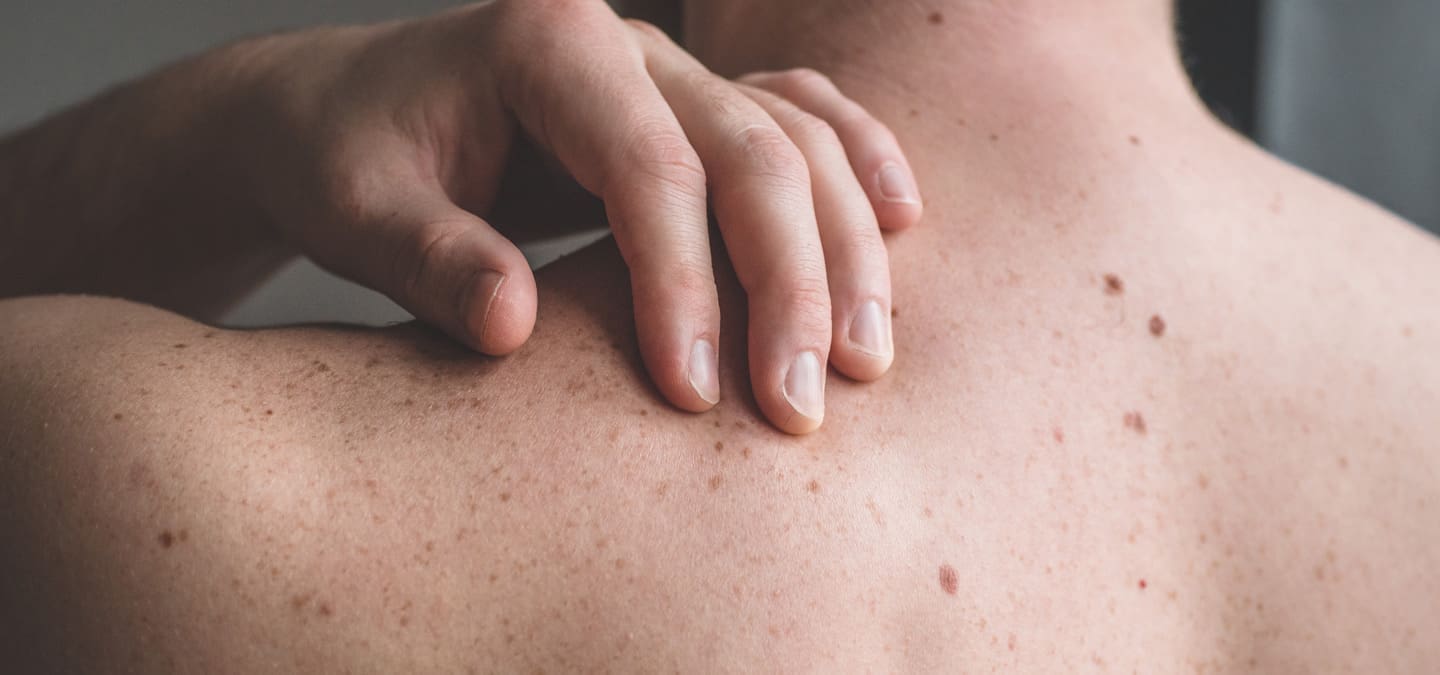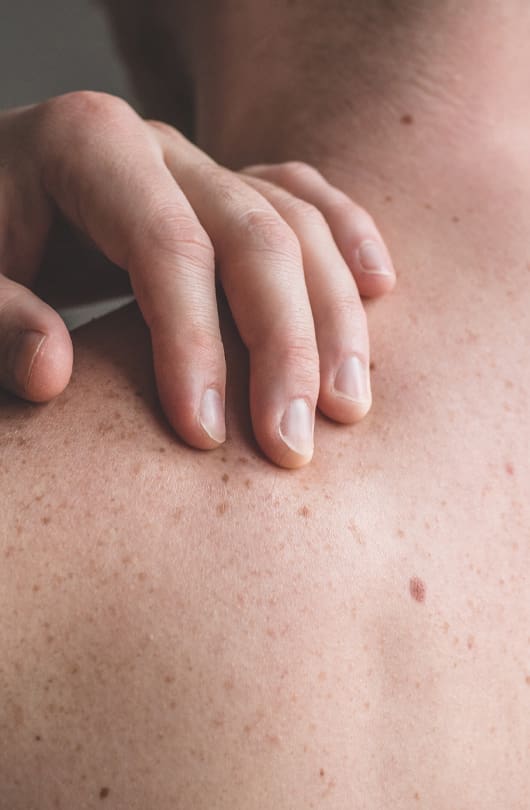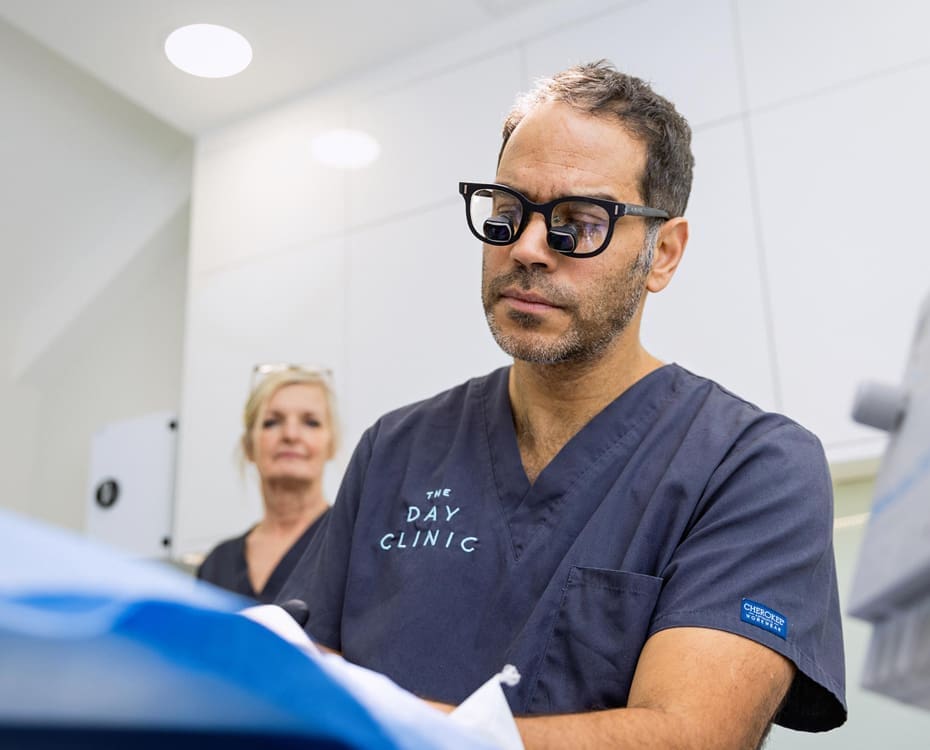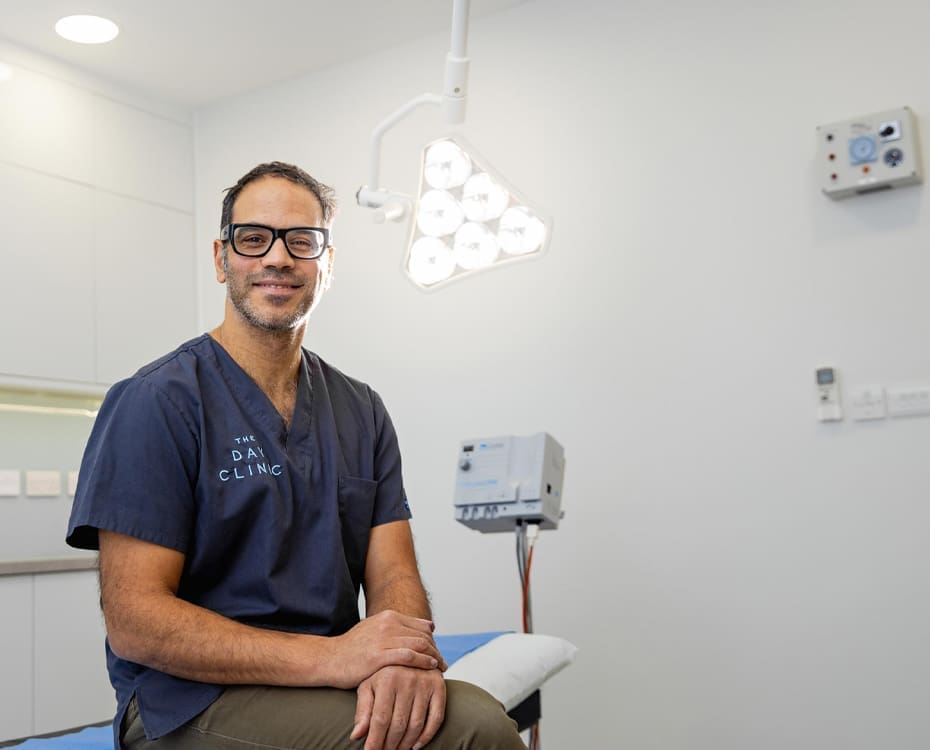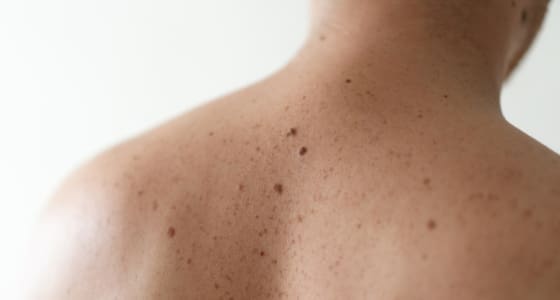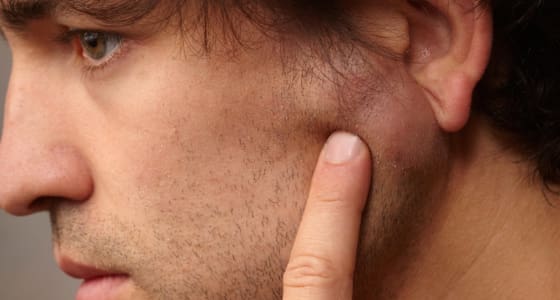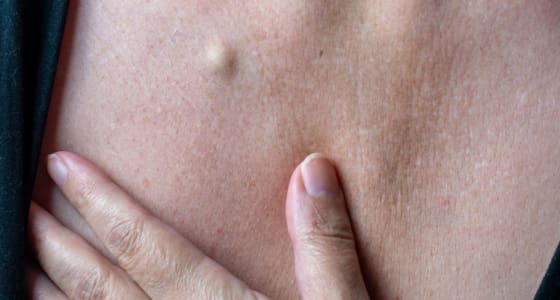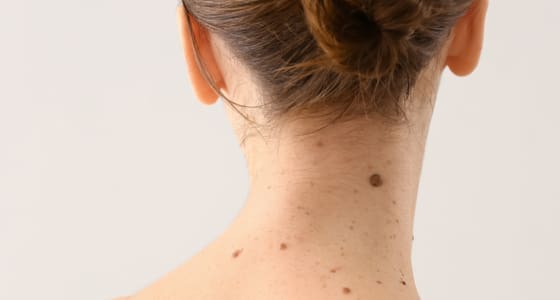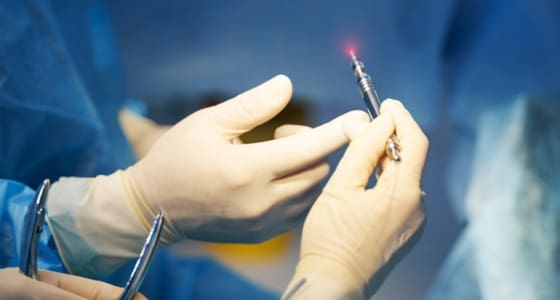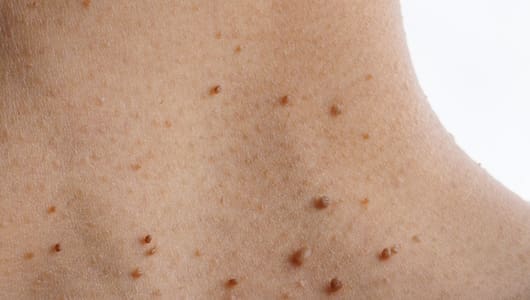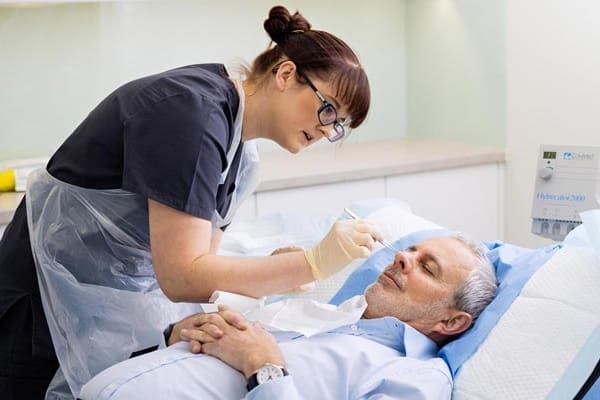It involves the complete removal of the targeted tissue, including any surrounding margins of unhealthy tissue. Surgical excision is used to treat various skin conditions, including moles, cysts, skin tags and lipomas. It is commonly performed by dermatologists and plastic surgeons and other specialised surgeons depending on the specific area of the body being treated.
Surgical excision is considered a safe and effective treatment option for various conditions, but it may have some risks and potential complications, such as infection, bleeding, scarring, or changes in sensation. If surgical excision is the appropriate treatment for you, the procedure and possible risks and side effects will be thoroughly discussed with you by our experts at The Day Clinic.
